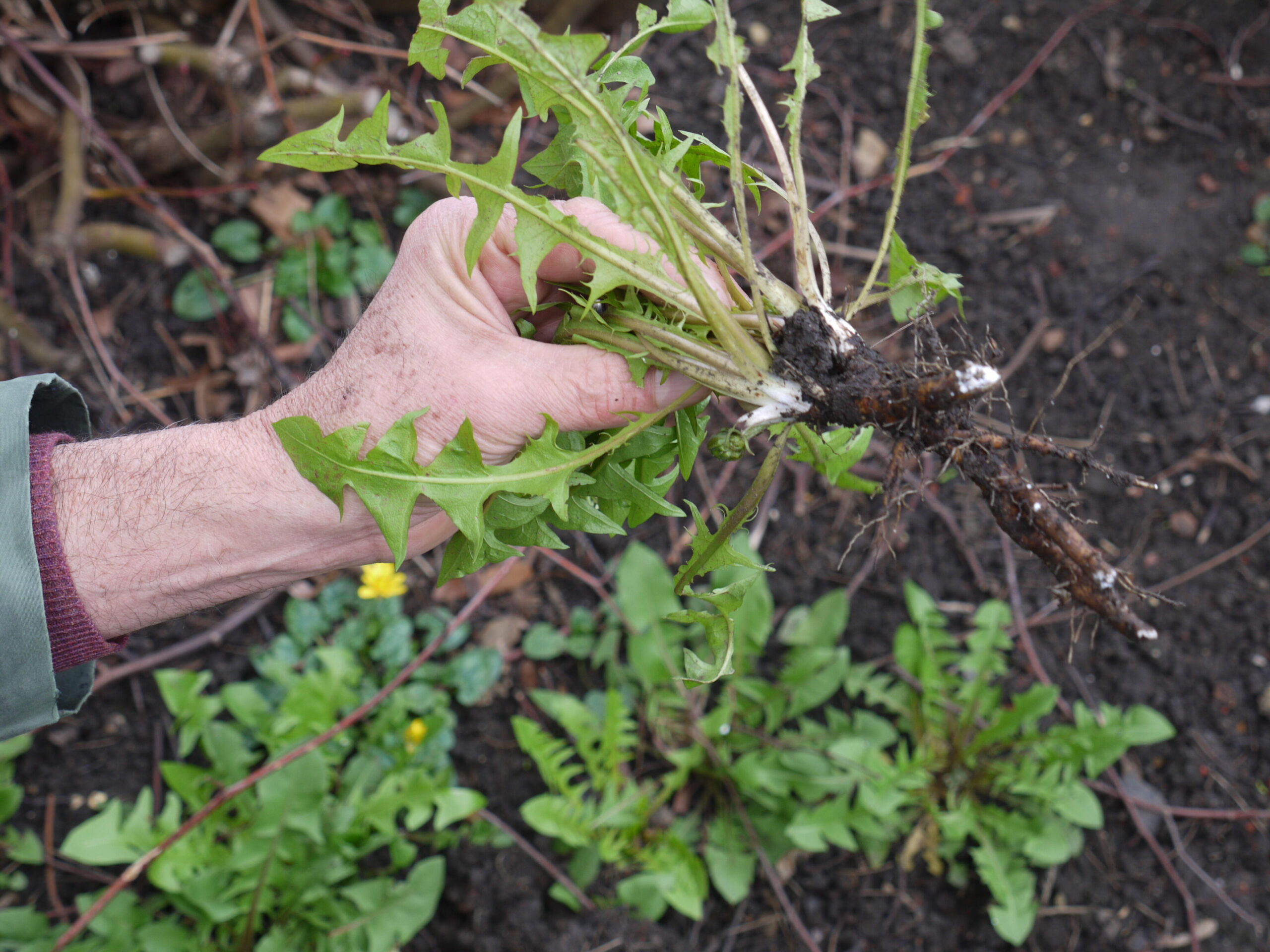Foraging expert Ricardo Acerola uncovers the hidden world of urban foraging and explains how your next meal is just a wild plant away
As I walk the streets of South-East London my nose is overwhelmed by car fumes and my ears are stung by the sharp sounds of traffic and blaring ambulances. It’s lunch time and my body is craving something fresh and tasty, and my mind wants to unwind from the city’s scream.
The local Sainsbury’s is overpriced and none of the processed food choices appeal to me. Determined to satisfy my stomach I set out on a foraging adventure to see what I could gather from the urban wildlife in early March.
Guided by the wisdom of Venezuelan anthropologist Ricardo Acerola, a foraging adventure unfolds in South-East London, where an enthusiastic group of budding urban foragers are led on a walk by the knowledgeable forager and anthropology student Bec –who teaches participants how to forage urban flora to make delicious recipes.
Drowning out the overpowering city sounds and tuning into the subtle sounds of mother nature can be difficult so Bec, the host of the walk, begins with a deliberate emphasis on sensory activation. “Foraging is not just about sight; it’s about feeling, smelling, tasting, and overall awareness. Let’s activate our senses, be attuned to the day, the weather, and the growing environment. Let’s explore.”
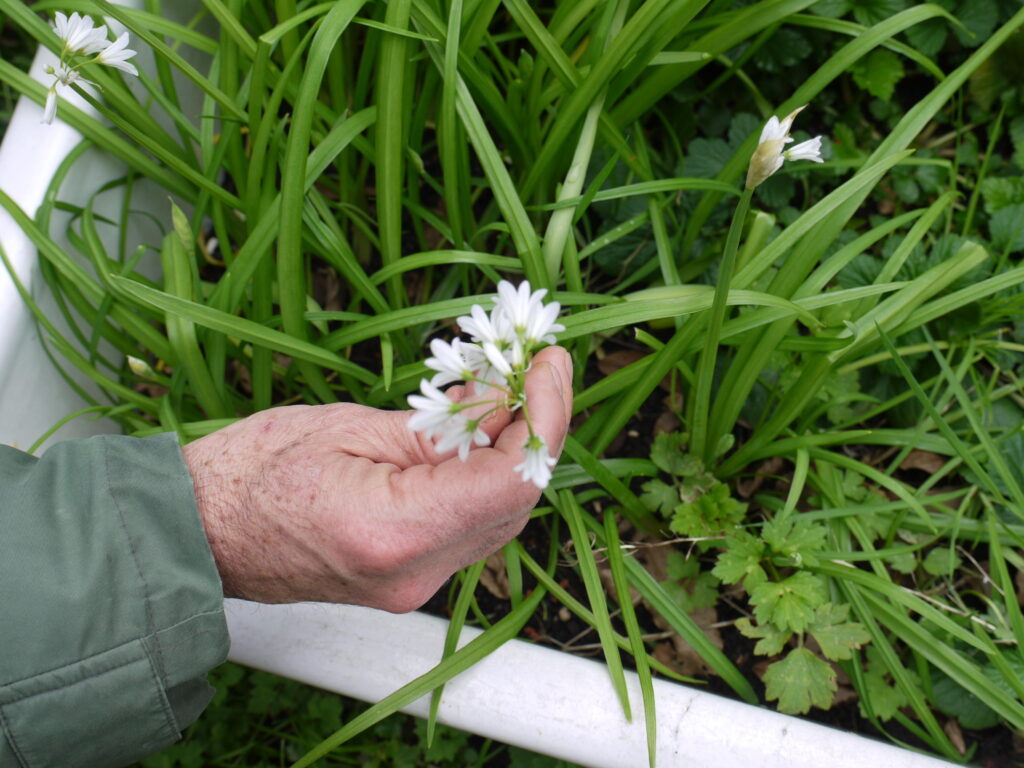
Photograph: taken by Anna French
As the group set off Bec pointed out a three-cornered leek, which is a variation of allium (Flowering plants which include edible species of onion, garlic, shallot, leek and chives). Bec emphasised the importance of relying on our sense of smell to help us to identify variations of plants and shares insights, “This three-cornered leek, identifiable by its shape, has edible white flowers. To recognise alliums like onions and garlic, break a piece and rely on smell. If it smells like onion and garlic, it’s an allium. I cooked them with potatoes last year, but they are perfect for omelettes and Pestos. A friend even fermented them, describing the result as amazing. Fermented garlic is also delicious.”
As we continue walking Bec leads the group to forsythia, where we learn to distinguish this plant through visual cues like unique four-petal yellow flowers. Bec highlights the importance of not solely relying on databases for identification, emphasising the need to intimately know the plants before consuming them.
In our conversation, Ricardo discusses the cultural aspects to foraging in the United Kingdom, shedding light on the toxic lords and ladies wildflower. “This time of the year the Turkish people go to the parks and the forests in London looking for lords and ladies which is a native wildflower found in British woodland,” he says. “It has a strange hard red flower and its popular in Britain but it’s poisonous. The Turkish people use this plant in what they consider to be a healthy dish. They cook it for 24 hours to get rid of all the toxins. It’s interesting because the British people see a Turk collecting these plants and they think like they are going to kill themselves.” This observation draws on the disconnect Western culture has with our natural world – Whilst one culture sees a flower as extremely poisonous; another knows the plant intimately and how to remove the toxins to prepare a healthy, natural dish. Foraging opens up a world where you not only learn from the natural world, but also from other cultures. It helps to unite people not only with each other but also with our non-human friends in beautiful, peaceful harmony.
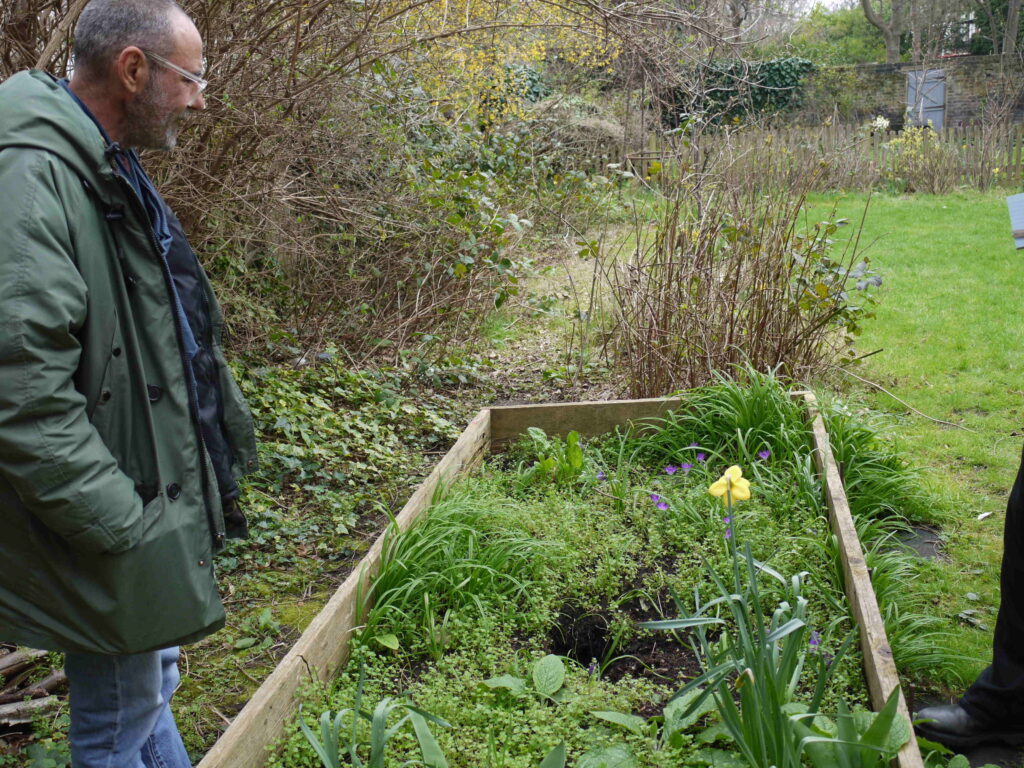
Photograph: Taken by Anna French
The forage continues and we are soon introduced to the winter delicacy of rose hips. We are encouraged to feel the texture and relish the flavour, particularly after the first frost, enhancing the fruit’s sweetness.
“Rose hips are one of the few fruits that you’ll find throughout the winter,” says Bec. “A lot of people see a red berry on a bush and think it’s poisonous, but this isn’t the case.”
Our guide, Bec, shed light on the plight of nettles, often avoided due to their sneaky stingers despite their many health benefits. Who knew they could offer such sweet relief for the sting of arthritis? Bec shared their tried-and-true nettle prep advice: ” Boil ’em or de-sting ’em, but beware those tricky trichomes – They’re like little hypodermic needles if you look carefully!
Ricardo is also a fan of nettles. “Nettles are incredibly significant – highly nutritious, packed with vitamin C akin to spinach, and rich in minerals and beet amines, are also utilised in textiles,” he says. “Following the organic revolution, they have become indispensable for fertilisation in composting, enhancing organic fertility efficiently and effectively. Thriving resiliently in urban environments, nettles epitomise sustainable foraging, challenging stereotypes and presenting a wide range of culinary possibilities.”.”
Exploring urban wilderness ended with a delightful magnolia flower encounter. We were encouraged to taste and describe the unique flavours—perfume-like with hints of ginger. The culinary potential, including spicy syrup, highlighted the versatility of these blooms. “Magnolias like this don’t really bloom in the summer, so this is the season. The ones that are entirely pink are not as good to eat.” says Bec.
“To me it almost tastes like if rose petals were ginger and you can make a delicious syrup from Magnolia.”
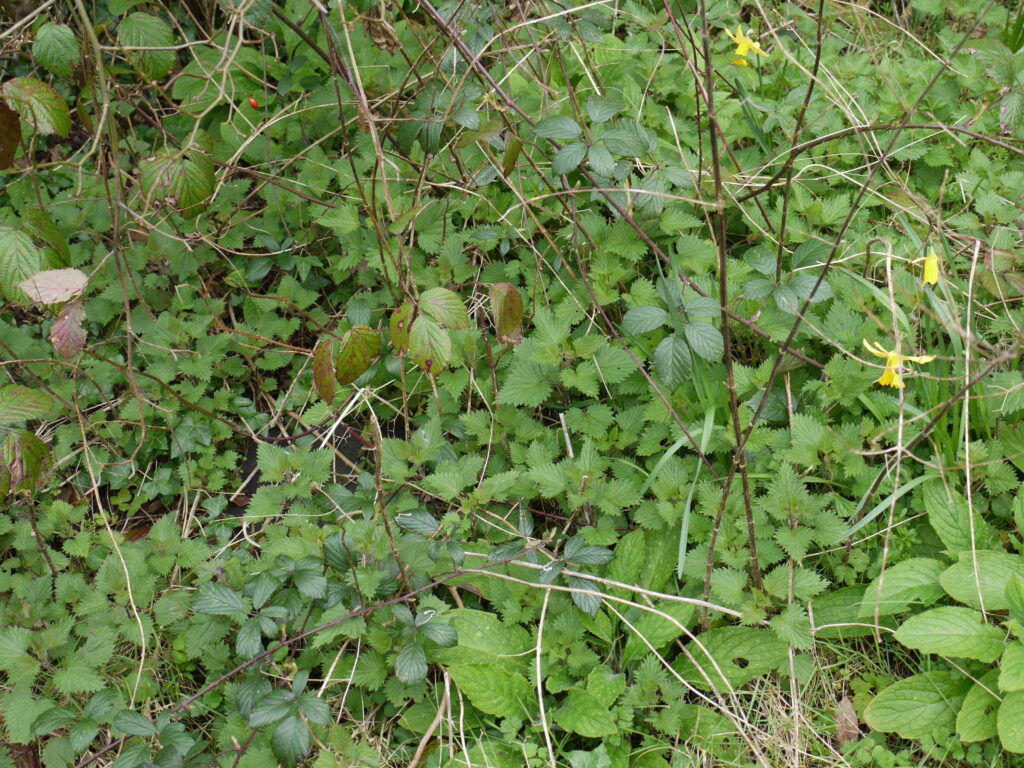
Photograph: By Anna French
Foraging is more accessible than ever as we can use our smart phones to identify plants when out and about, making it accessible to everyone.
“We need to challenge the notion that technology isolates us,” says Ricardo. “I rely on my mobile phone for various activities like capturing pictures, identifying plants, connecting with people on WhatsApp, and exploring recipes, breaking down the artificial divide between technology and nature.”
Ricardo sheds light on his career insights: “As an anthropologist, I realised we’re not separate from nature but an integral part of nature.”
Ricardo goes on to emphasise that our intrinsic connection to nature persists regardless of the urban setting. Reflecting on his fieldwork experiences in Minnesota with an urban favela, he gained a profound understanding of how individuals across diverse environments view themselves as an integral part of the landscape. This altered his perception of the city, transforming it from a place of disconnection to one where every interaction with natural elements, such as trees and fauna, became a harmonious engagement with nature. In his own words, “Before in the city, I felt disconnected from nature; every touch of a tree or a bush seemed like I was harming nature rather than being part of it.”
Reflecting on urban beekeeping Ricardo notes, “In the case of beekeeping, the most successful beekeeping in Britain is in the cities.” This highlights the significance of biodiversity in urban areas, where diverse trees and local flora create unique habitats conducive to the well-being of bees.
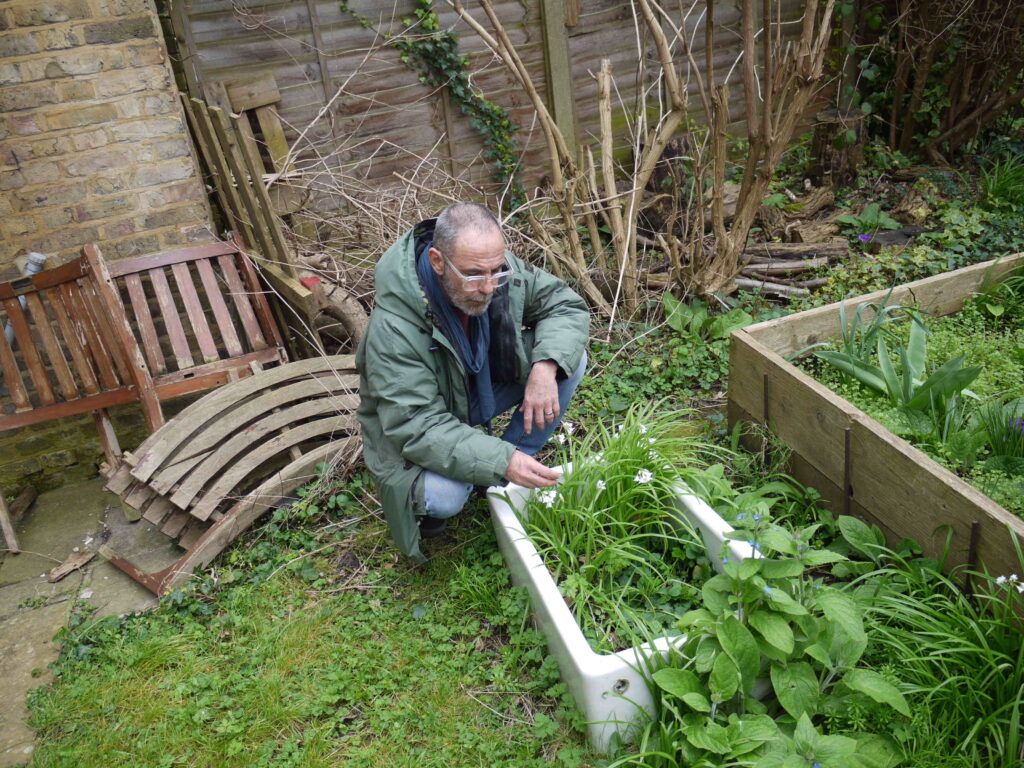
Photograph: Taken by Anna French
Urban foraging serves as a powerful tool to connect people with the city’s natural environment. According to Ricardo, “foraging is a way of acknowledging our plant companions and a way of breaking learned behaviours, challenging what is right and wrong. You are defying a whole understanding of the world and acknowledging marginalised and unique knowledge.”
Ricardo reflects, “Foraging prompts contemplation on sourcing food and our role in the planet’s destruction. It compels you to ask seemingly silly questions and challenges the notion of self-sufficiency.”
Concluding our conversation, Ricardo shares a quirky new recipe for crafting beer and tasty capers from the Dandelion flower in the early spring season: “At this time, you can pickle the buds of dandelion flowers, fermenting them with water and salt just before the flowers open. They become delicious, resembling capers. Additionally, I’ve brewed a dandelion and burdock beer. In early spring, before the flora starts sprouting, you can use the roots. Harvest the dandelion and burdock roots before they lose their potency; they are both edible, albeit a bit bitter.”
